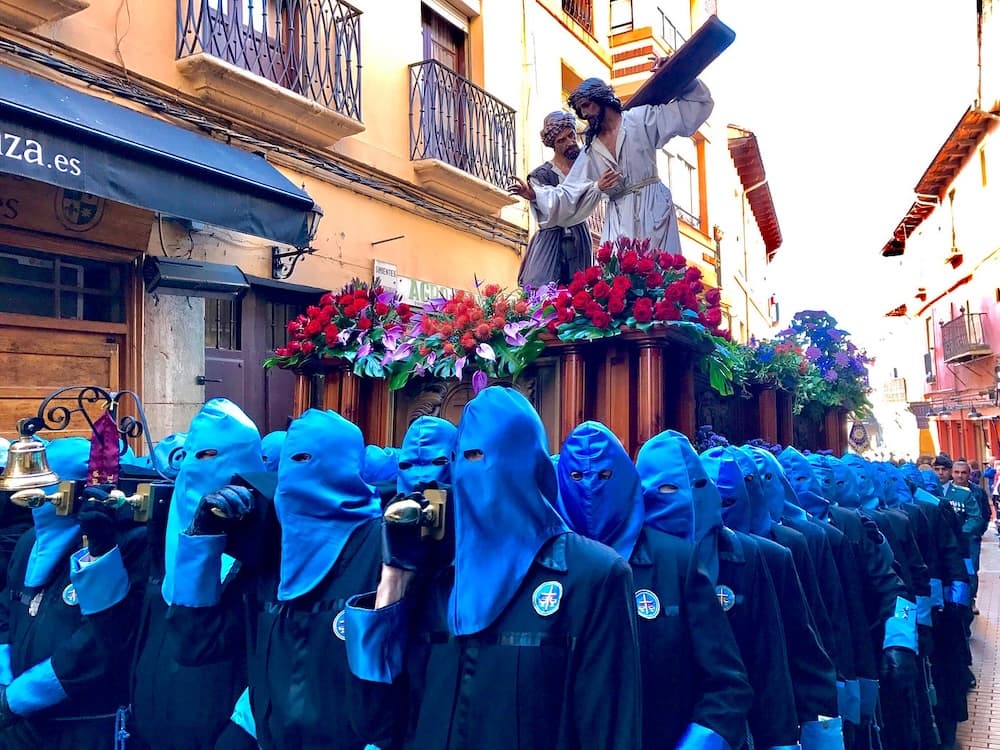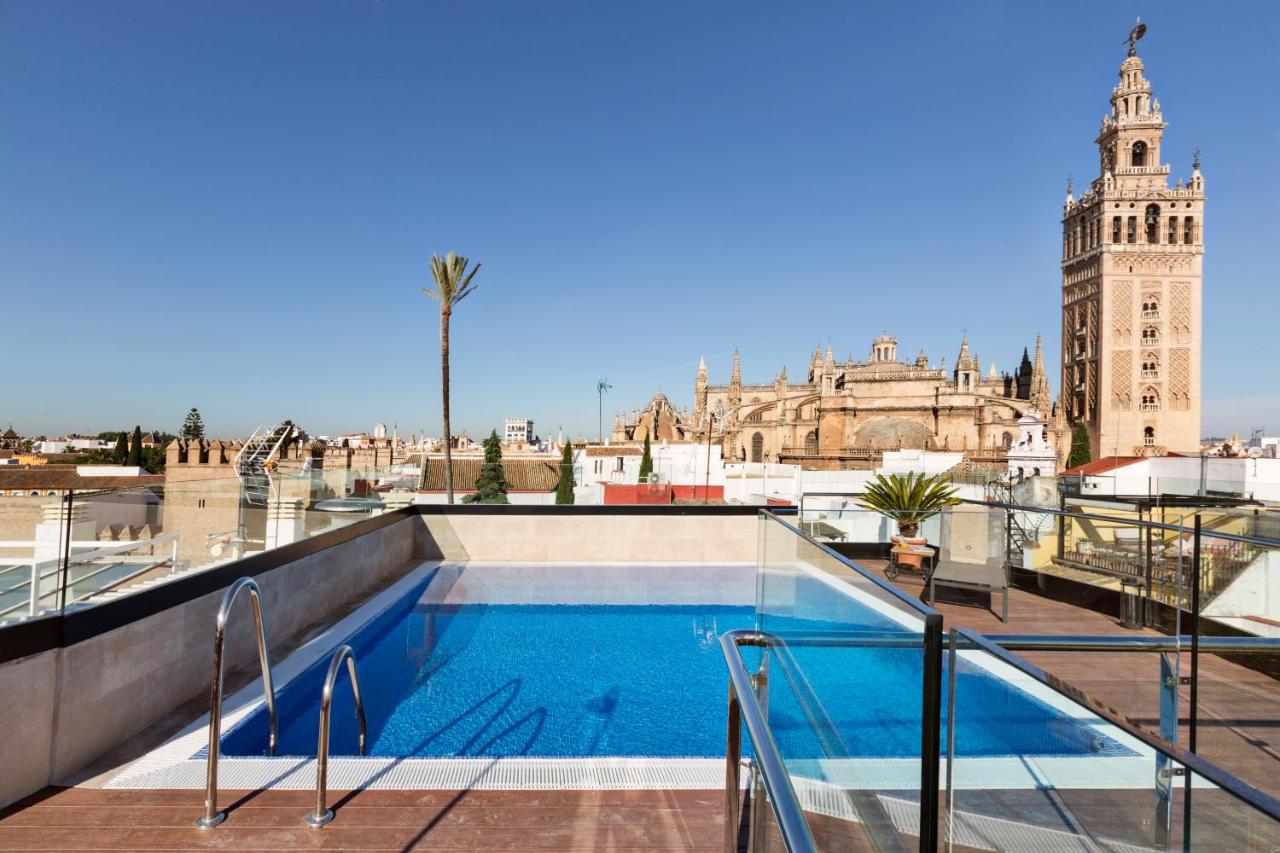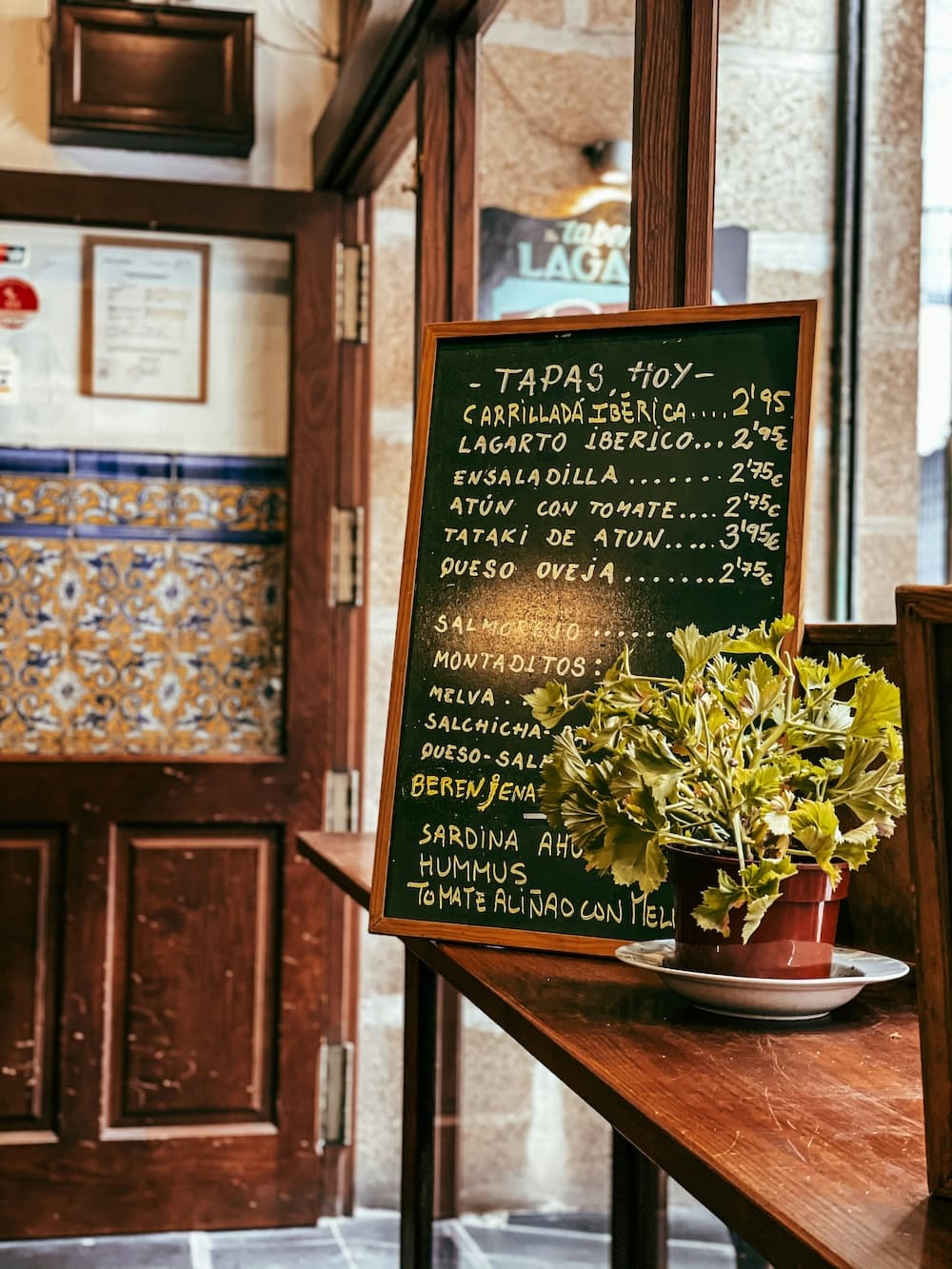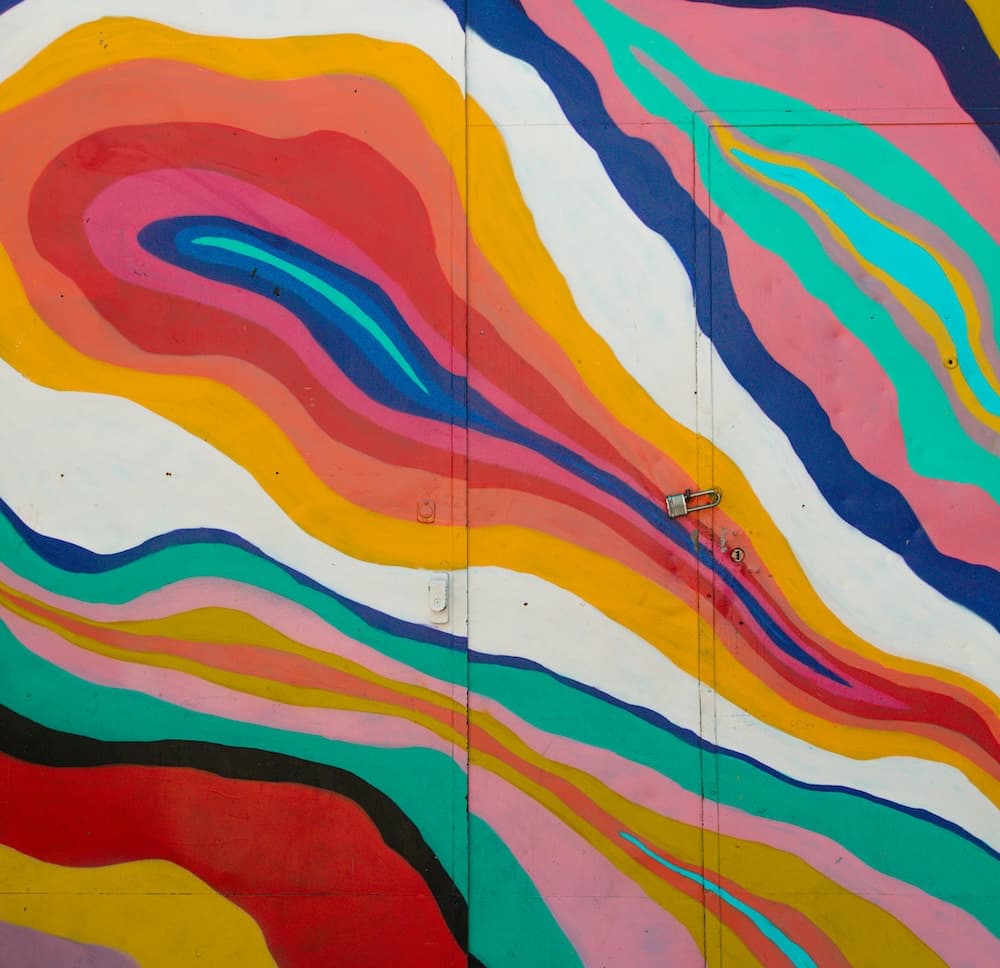Sevilla: A Blend of Tradition, Culture, and Hidden Gems
Disclosure: Bear in mind that some of the links in this post are affiliate links and if you go through them to make a purchase we will earn a commission at no additional cost to you. We chose these companies / hotels because of their quality and not because of the commission we receive from your purchases.
Sevilla is beautiful year-round, but it’s especially worth visiting in the spring. Semana Santa (Easter) is celebrated across the Christian world, particularly around the Mediterranean, but nowhere quite like in Sevilla. Every evening during the week before Easter, members of the city’s 60 cofradías (brotherhoods), many hooded, barefoot, and slowly carrying a cross, march through the streets. These solemn processions continue throughout the night, culminating on Good Friday morning. Photo by Vincent Gragnani
Photo by Vincent Gragnani
Candlelit processions are filled with mourning, especially near the images of Christ or Mary, accompanied by the sorrowful sounds of funeral music. The countless deeply religious songs are replaced two weeks later by the infectious rhythm of flamenco music and dance during the dazzling festivities of the Feria de Abril, which continues day and night. It’s a festival where the worries of daily life are forgotten for a week. Women, dressed in colorful flamenco dresses with ruffled layers, ride horseback, accompanied by their caballeros. The men wear wide-brimmed hats and elegant suits with short jackets typical of the region.
Try to book a room at the Hotel Casa 1800 Sevilla, perhaps the most relaxed hotel in the city. This boutique hotel is located in a perfect spot, just a few steps from some of Seville’s most iconic landmarks, including the Alcázar Palace and Seville Cathedral. 
Its rooftop pool offers stunning views of the Giralda tower, making it a perfect place to relax with a book and enjoy the city's charm. Be sure to visit the courtyard of the Alfonso, where all of Sevilla gathers for tapas or a glass of sherry in the piano bar.
Tapas are believed to have originated in Sevilla, and the tradition of eating these delicious, simple snacks is still going strong here. The idea is to keep yourself a little hungry while wandering from one of the countless bars in the neighborhood to the next. Traditionally, the tapas are accompanied by the famous strong wines and sherries from nearby Jerez.
You don’t have to search far for the ingredients – green sevillano olives, pickled from the gnarled trees on the surrounding hills, considered by locals to be the best. Other dishes include omelet pieces, fried squid, spiced potato slices, and cubes of aged Manchego cheese. Workers and young people from the upper class mingle freely – with a glass of wine, everyone soon feels equal.
But Sevilla offers much more than tradition. For those looking for an alternative scene, La Alameda de Hércules is a vibrant square known for its edgy vibe. Here, you’ll find plenty of independent cafés, bars, and nightclubs with a more bohemian flair. It’s the perfect place for those seeking something different from the more conventional venues.
If you’re looking for vegetarian or vegan food, Sevilla has a growing number of options. Estraperlo, a cozy vegetarian restaurant tucked away in the heart of the city, is one of the best places to enjoy healthy, delicious meals made from local ingredients. Their menu is packed with creative vegetarian and vegan dishes, perfect for anyone looking for an alternative to the city’s traditional ham-heavy cuisine.
For street art lovers, head to Calle San Luis and the surrounding areas, where you’ll find stunning murals and graffiti by local artists. This part of the city is becoming an open-air gallery, showcasing Sevilla’s emerging urban art scene.